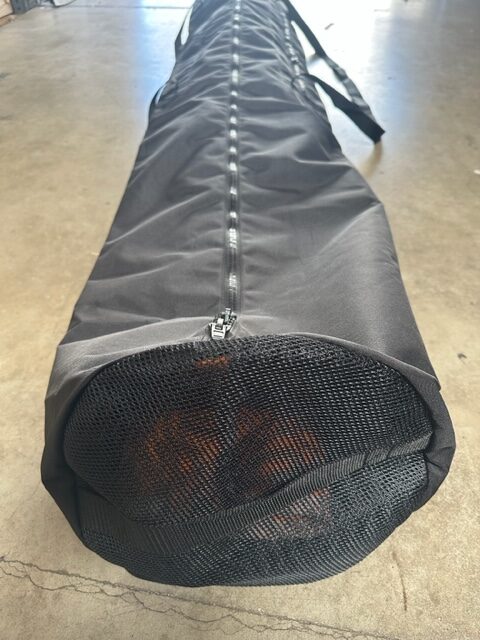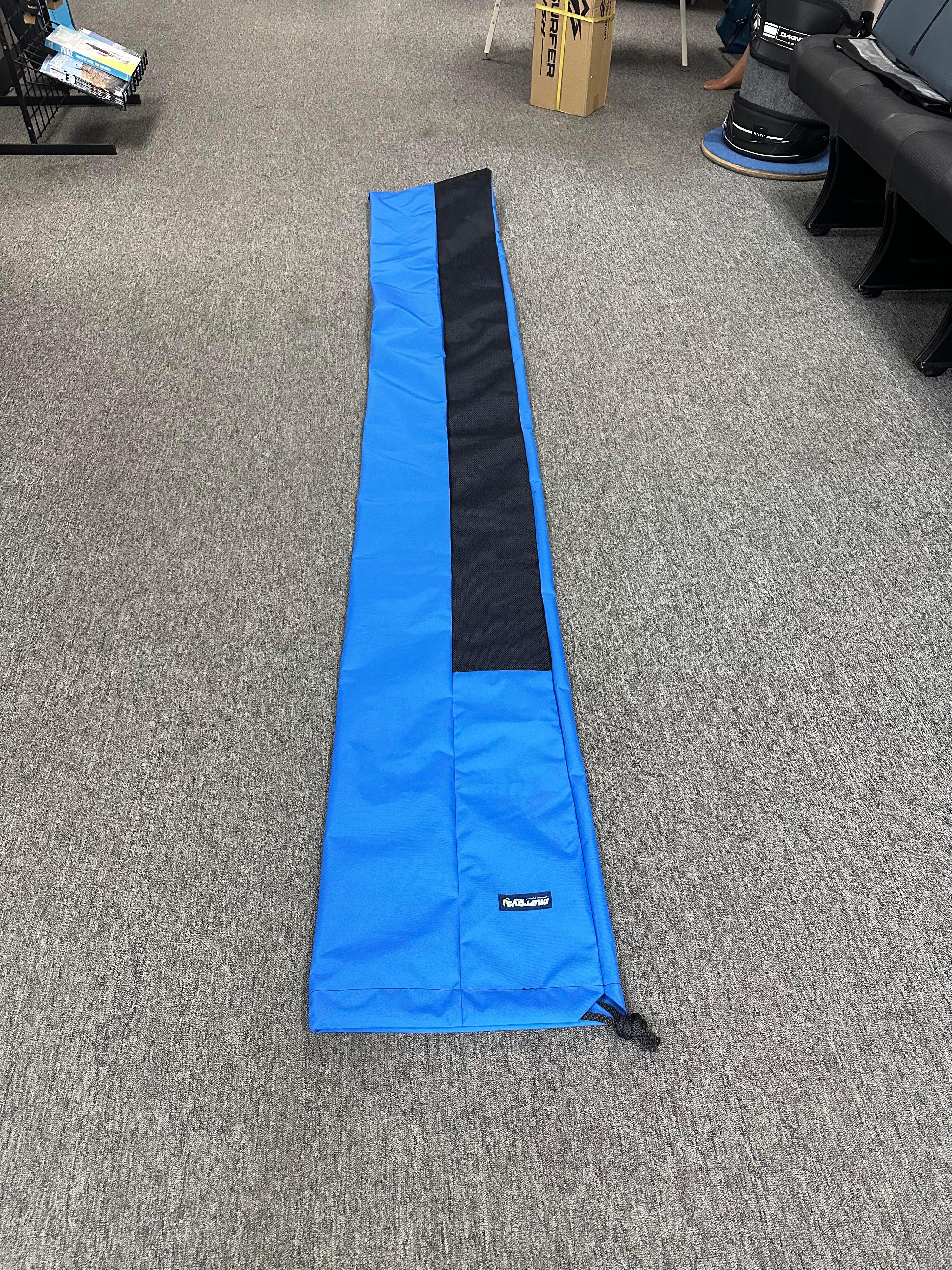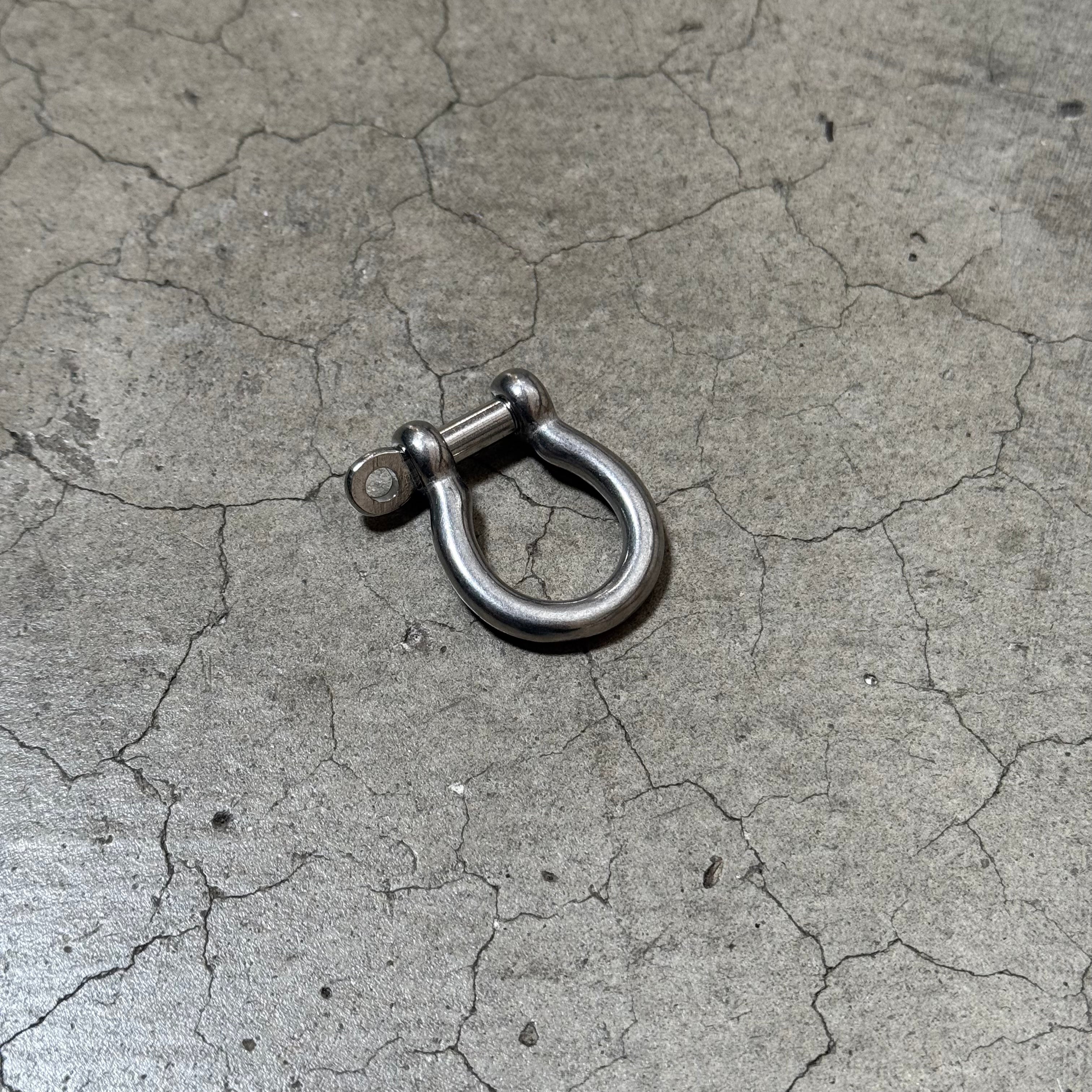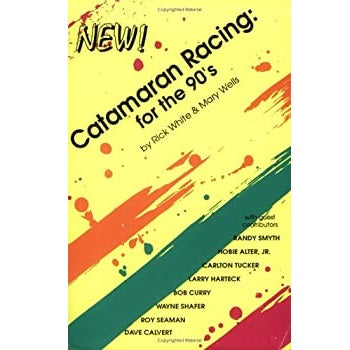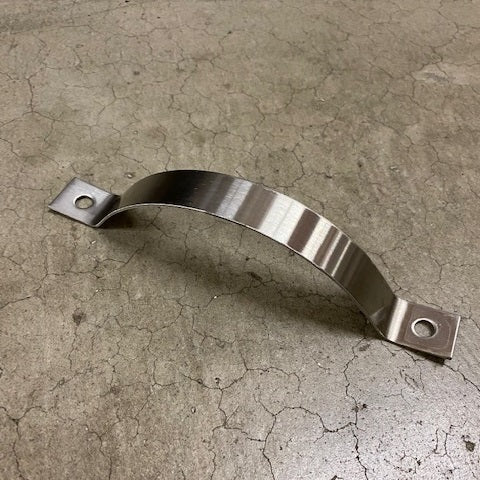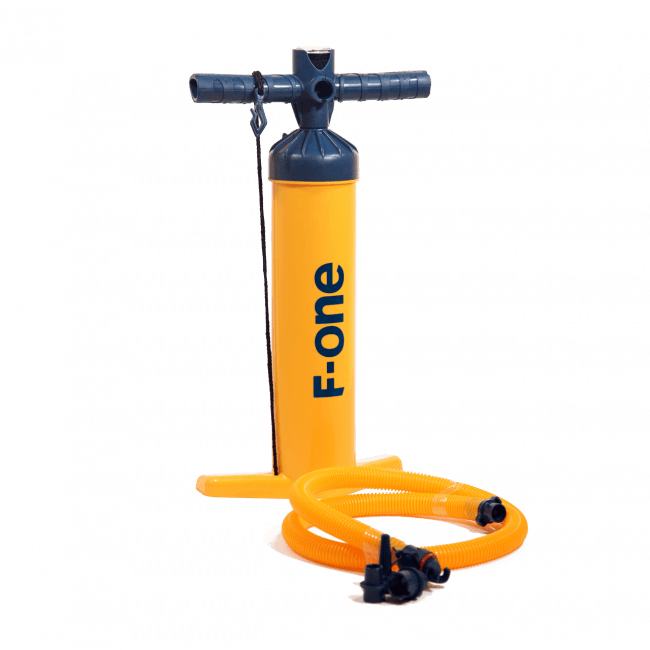1981 Yellow Hobie Takes 1st at the Birthday Regatta!
It can be challenging to do the follow up story once a project moves on. We took the boat out for one shake down sail on a bluster Friday, and then rigged up a factory spinnaker kit and raced it at the Arizona Yacht Club Birthday Regatta/ Leukemia Cup. The boat got a fresh set of Hobie Rudder blades and a mid 80s vintage rudder adjustment kit. We had some clean castings that came with the boat, and some misc upper rudder parts on the shelf that are no longer in demand due to the '83 change in the Hobie 16 rudder system that allowed incremental adjustment rather than filling and redrilling the holes. There was a kit made to retrofit the old castings.
We also installed the plastic rudder blades to see what a new set is really like, and what it feels like racing. The result so far has been that the boat seems to have a nice helm setup, but is more prone to stalling (the drag on the rudders exceeds the FWD travel and the boat stops moving) than with various fiberglass blades I've used. The helm was near neutral, with ever so slight weather helm, I expect to see a great improvement when upfitted with some clean fiberglass blades.
Spinnaker kit:
The factory kit needs some attention... but the sailing performance was fantastic. With the exception of big seas, we had the perfect test day with the kite. Light, moderate and heavy air conditions, consistent moments and blustery, shifty moments provided a diverse set of conditions to play with the new kit. In heavy puffs and hectic runs, the helm was always responsive. The boat felt like it was on rails and pointed wherever I wanted it to go (even with the plastic rudders) I've sailed a few different H18 spin modded boats, a few Miracle 20 modded boats, NACRA 6.0 NA with Inter20 kite, a number of F18s and a few foiling cats and so far this has been the cleanest setup for steering. I will consider this partly due to the Asym hulls, and partly due to the smaller lighter boat not getting overpowered as easily as the others.
The classic H16 issue of the jib battens getting stuck in the jib halyard was made worse by the spin halyard in the same zone, but otherwise, the kit was pretty easy to manage. It only took a bit longer to setup than the standard H16 and likely can be streamlined quite a bit. I expect to be able to put the whole thing up in less time than my standard H18 rig time.
Kite tuning and sheeting:
There are a few notes about sheeting position and kite tuning I found online before setting the boat up. The kit wants the sheeting to go somewhere down the side rail. Based on the kite that came with the kit and the geometry created by my 2009 and newer rigged H16, the blocks should be right at the tip of the corner casting or further forward. The foot had much tighter tension than the leech in the suggested position, and as such We just ran a single block at the corner casting. This seemed a bit off, but close enough, and felt fantastic on the water.
The kite luff cord was very right out of the bag, and needed to stretch and ease quite a bit. It was loose at the first hoist, and needed to be tied with an inch or two of slack for nice sail shape. By the end of the day the kite had "broken in" and looked pretty good. I opted for a Dyneema loop around the mast, and tail coming down the front of the mast, rather than the tang that was included. I'm working on a cleaner kit for the future, but I'm a big fan of the soft attach harken blocks for a spin halyard block.
Kit mods:
I used dyneema loops at the top along with soft attach harken block for the spin halyard block. I installed the retrieval block at the base of the spin pole to make the kit a bit more modular (this is like a tiger spin pole) rather than bolting it into the tramp per the instructions. As mentioned before, I mounted single ratchet blocks at the corner castings. I had planned to put turning blocks there on eye straps, but found that to be the better location for the sheeting blocks for the test run. This may change up later. I ran the retrieval line through a center tramp gromet, and used the bungy block system from the back. I did mount the swivel cleat to the front crossbar, but would likely prefer a smaller swivel cleat and may swap this out soon. The halyard line was prone to kinking and will likely get replaced soon with some Robline or Alpharope like what we see on the NACRAs or other modern spin boats.
The Race!
We had to paddle to the start and missed the first race! We were doubting our decision to leave the paddle on shore...
Once we made it out to the line, the breeze was shifting and the racing was delayed while marks were adjusted. The competition was a classic Tornado, a Nacra 5.2, and another H16. There was a 5.8 and G-cat signed up, but the high breeze encouraged the singled handed 5.2 and G-cat to team up, and the 5.8 team had some trouble on the way up and missed the races. There were a bunch of monos from Sunfish up to a Hobie 33 and Catalina 36, which just meant we had some obstacles to dodge at the start line and around the course.
The wind was a bit inconsistent and we all got off to a rough start. We were quick the the weather mark, but struggled a bit with the hoist in the light breeze, as well as trying to drive it too deep. It took a bit to find the angle and get our heads out of the boat... And then it started to go!
The tornado rounded behind us and was cruising deep and fast. We could see the ripples on the water approaching with the breeze expecting to wave at the Tornado as it cruised by, but then we just sped up. The Tornado did indeed pass us, but we were now closing the gap! We were leeward and tried to pass that way, but as usual, a leeward pass is challenging. This is especially true when you have a much smaller sail plan. So we stalled a bit and sailed over them! After a bit of jockeying for position we were clear ahead. We were also quickly approaching shore and had lost sight of our leeward mark. The Tornado gybed away and we mirrored them as a puff lifted our hull out of the water. The boat was on rails and cleanly was able to steer down and flatten out again. Then I noticed the other H16 and Tornado were sailing much higher than we were. We'd sailed way past our lay line and needed to come up to a beam reach to get there... Maybe we can hold the kite and catch up?
Trapped out and half flogging the kite we made it half way there before burying the bows past the corner castings. Pitchpole guaranteed zone for the H16! Except somehow we didn't keep going... somehow the bows pulled up... somehow it was just a recover and kite douse maneuver instead of a capsize and righting time. As we pulled in the kite, zoomed off and got the boat under control, my crew about the mark? "We just rounded it!" The breeze was picking up!
We climbed back into a second place on that race and got a better handle on the order of operations for the kite. The breeze fluctuated a bit, in light air, the bows were lifted well out of the water and we had to move forward. In the moderate to heavy breeze, the bows dug in a bit and in the strong breeze, the boat just seemed to go wherever we pointed it! The race committee was struggling a bit to hold the start line in place as the boat or buoys kept drifting. This was a bit of an a-typical day of racing on Lake Pleasant.
The beat up the course on the last race was getting a bit violent. Double Trap conditions on H16 for sure and it was finally feeling more like SF bay or Avila Beach that I feel at home sailing in. We crossed the finish line and I headed up to the dam to have a hell of a ride back down to launch downwind at Scorpion Bay. The lake had mostly cleared as the white caps started rolling down the lake. We headed back down the lake and decided the wind was plenty strong for a trapped out broad reach back home. Which went just about perfectly until we passed the other 16 heading home and the wind picked up a bit more. I suppose a test isn't complete without some durability testing from a proper pitchpole. Maybe I should have put the kite up? The bows went down and we were suspended as we clung to the rear of the boat, until I lost my grip and swung around my crew and into the water. Solid pitchpole into a turtle capsize! I hadn't noticed the the wind was starting to build and pulse. As we got the boat up on its side and were maneuvering to get pointed into the wind, the hulls started to cartwheel. The bows dug in, and sterns to the sky, then again and again! Once in the right position, she popped right up. We blasted down the rest of the lake at an impressive speed and struggled to get back up to the launch. Everything made it back in good shape and the boat is ready for its next adventure... and so are we!
Mid Winters West?
